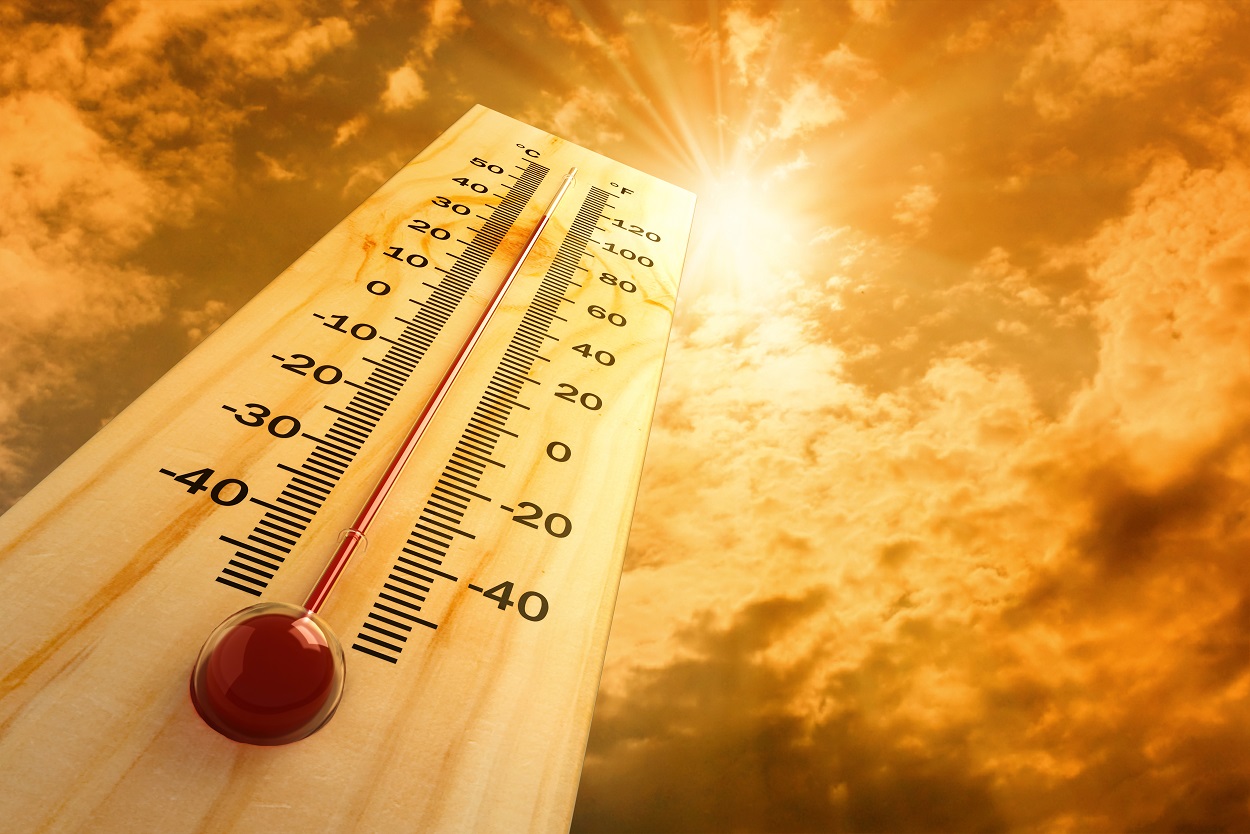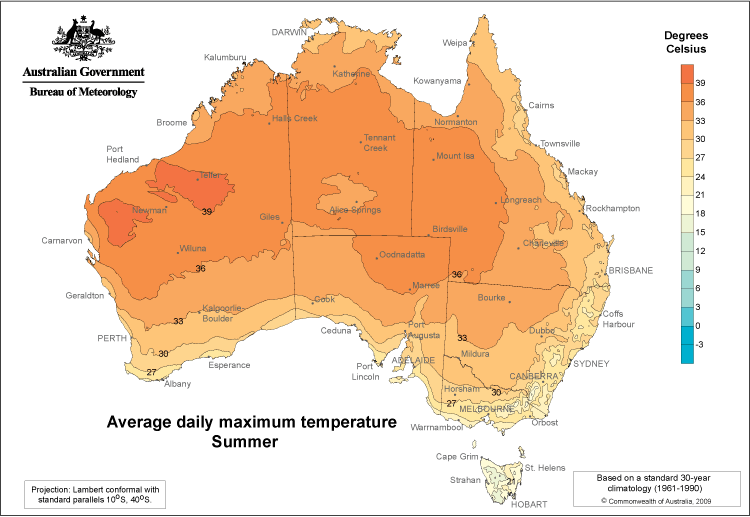
18 Dec Heatwaves
[fusion_builder_container hundred_percent=”no” equal_height_columns=”no” menu_anchor=”” hide_on_mobile=”small-visibility,medium-visibility,large-visibility” class=”” id=”” background_color=”” background_image=”” background_position=”center center” background_repeat=”no-repeat” fade=”no” background_parallax=”none” enable_mobile=”no” parallax_speed=”0.3″ video_mp4=”” video_webm=”” video_ogv=”” video_url=”” video_aspect_ratio=”16:9″ video_loop=”yes” video_mute=”yes” overlay_color=”” video_preview_image=”” border_color=”” border_style=”solid” margin_top=”” margin_bottom=”” padding_top=”20px” padding_right=”” padding_bottom=”20px” padding_left=”” type=”legacy”][fusion_builder_row][fusion_builder_column type=”1_1″ layout=”1_1″ spacing=”” center_content=”no” hover_type=”none” link=”” min_height=”” hide_on_mobile=”small-visibility,medium-visibility,large-visibility” class=”” id=”” background_color=”” background_image=”” background_position=”left top” background_repeat=”no-repeat” border_color=”” border_style=”solid” border_position=”all” padding_top=”” padding_right=”” padding_bottom=”” padding_left=”” margin_top=”” margin_bottom=”” animation_type=”” animation_direction=”left” animation_speed=”0.3″ animation_offset=”” last=”true” border_sizes_top=”0″ border_sizes_bottom=”0″ border_sizes_left=”0″ border_sizes_right=”0″ first=”true”][fusion_text columns=”” column_min_width=”” column_spacing=”” rule_style=”default” rule_size=”” rule_color=”” content_alignment_medium=”” content_alignment_small=”” content_alignment=”” hide_on_mobile=”small-visibility,medium-visibility,large-visibility” sticky_display=”normal,sticky” class=”” id=”” font_size=”” fusion_font_family_text_font=”” fusion_font_variant_text_font=”” line_height=”” letter_spacing=”” text_color=”” animation_type=”” animation_direction=”left” animation_speed=”0.3″ animation_offset=””]
Its common knowledge that Australia is one of the hottest countries on planet Earth, its common knowledge also that Australian’s just accept that fact that its hot when it comes to Summer, but that doesn’t mean Australia isn’t foreign to heatwaves… in fact Australia experiences of the highest frequencies when it comes to heatwaves out of all countries globally.
So what makes it a heatwave?
A heatwave is deemed to be a period of much hotter than normal conditions. This can be based on either average temperatures or recent conditions. This means that while ‘heatwave thresholds’ may not be met, an excessive period of above average temperatures may deem the term heatwave to be acceptable.
To put the terminology into raw numbers, a heatwave is a period of 3 or more consecutive days of 5ºc or more above average for both minimums and maximums. The Bureau of Meteorology has their own heatwave pilot maps which have 3 categories.. low, severe or extreme. When you start entering extreme values, this is when the health of even healthy adults can be put at risk as temperatures are typically 10ºc+ average.
Its important to note also that heatwaves are based on localised occurrences. What does that mean? it means that 35ºc on Coast is far difference to 35ºc out West. The Summer average in Inland Australia is 35ºc+, but on the Coast its closer to 27-30ºc.. so those who live on the Coast aren’t as adapted to higher temperatures as those in Inland regions. Its also important to note that not all heatwaves require records to be broken. In the more severe heatwaves, records may be challenged and/or broken, but not all “require” that to occur.
Note: If its 1 day of heat, its ‘just’ a hot day, if its 2 days of heat then its a hot spell or hot period… 3 days is required for a heatwave.

Average maximum temperatures via BOM for Summer (temperatures 5ºc over these deem it to be a heatwave)
What are the temperatures required for heatwaves?
Across Inland Australia and large parts of the NT / Northern WA, temperatures usually need to reach at least 40ºc, in some areas up to 45ºc. Yes these areas are accustomed to those temperatures, but with averages of 36-40ºc thats the threshold that is set. Across Coastal parts of QLD and the NT, its usually around 35ºc+, through Coastal parts of NSW and VIC, its anywhere from 30-36ºc. Tasmania its 27ºc+, South Australia 32ºc+ and Southern WA its 32ºc+. Again.. certain areas may deem those temperatures to be “nice” or “normal” but according to averages, thats the threshold.
Heatwaves can also occur in Winter, although the temperature threshold is much harder to reach as the consistency of heat building up over Australia and the duration of “hotter periods” is significantly reduced compared to that of Summer.

Average maximum temperatures via BOM for Winter (temperatures 5ºc over these deem it to be a heatwave)
Why is being ‘smart’ when it comes to heatwaves so important?
Heatwaves are the leading cause of weather fatalities in Australia. They have caused more deaths than cyclones, thunderstorms, lightning, bushfires and floods. The risk to young infants, the elderly and animals is significantly increased when periods of abnormally hotter weather occurs, and as stated above even healthy adults can be put at risk when extreme heatwave thresholds are met. The risks of heat stress and heat stroke are greatly increased and can lead to several days of being unwell or hospitalised. Vomiting and nausea increases also, along with dehydration. It can place stress on your heart and vital organs and eventually can cause death.
Heatwaves when mixed with thunderstorms and strong / very strong winds have also been the cause of some of Australia’s worst bushfire outbreaks, which again poses a significant threat to lives and property.
So yes, it is ‘just’ hot in Australia… but that doesn’t change the fact that its still a heatwave and can still be life threatening if the conditions are ‘right’ or prolonged enough.

Australia’s hottest days
[/fusion_text][/fusion_builder_column][/fusion_builder_row][/fusion_builder_container]


Sorry, the comment form is closed at this time.